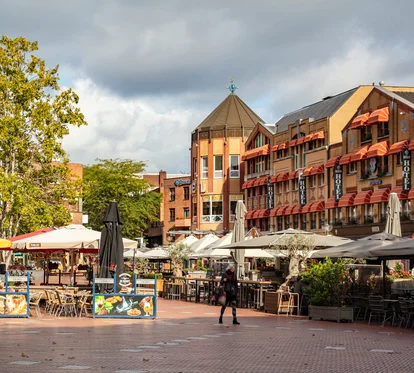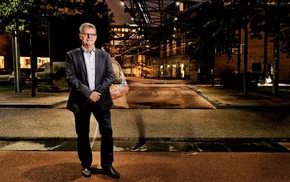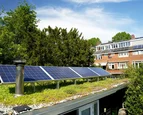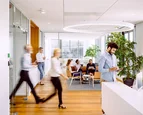“Pffft!” The referee blows his whistle. In the added time of a soccer match during which PSV’s first team had most of the ball possesion, but failed to score, the ball unexpectedly slips past the Eindhoven goalkeeper in the final seconds. He is left bewildered. And with him, more than 35 thousand PSV fans who have been waiting for their deserved goal all evening, in vain. PSV - De Graafschap: 0 to 1. Beaten at home. That hurts.
In the past, the chief of police scratched the back of his head after a lost home game, worrying about the order and safety in his city that he is supposed to maintain. After home matches, many supporters like to have a drink at the Stratumseind, the entertainment district of Eindhoven near PSV’s Philips stadium. And if the club loses, the atmosphere sometimes changes.
But even on regular nights out in Holland’s longest pub street, things would occasionally escalate under the influence of alcohol. Annoying for local residents and for the benevolent part of the nightlife crowd. The consequences were as inevitable as they were predictable: Stratumseind attracted fewer and fewer visitors, and entrepreneurs saw their turnover decline. The tide had to turn.




